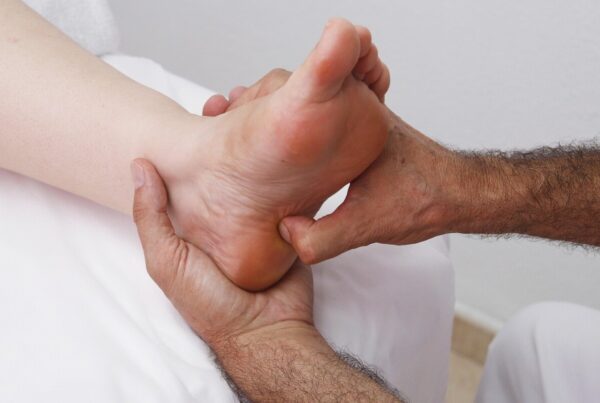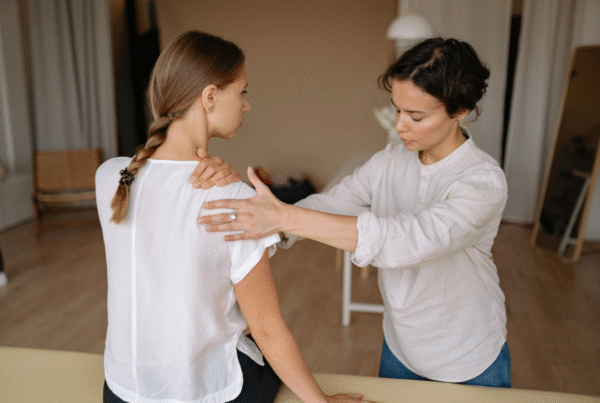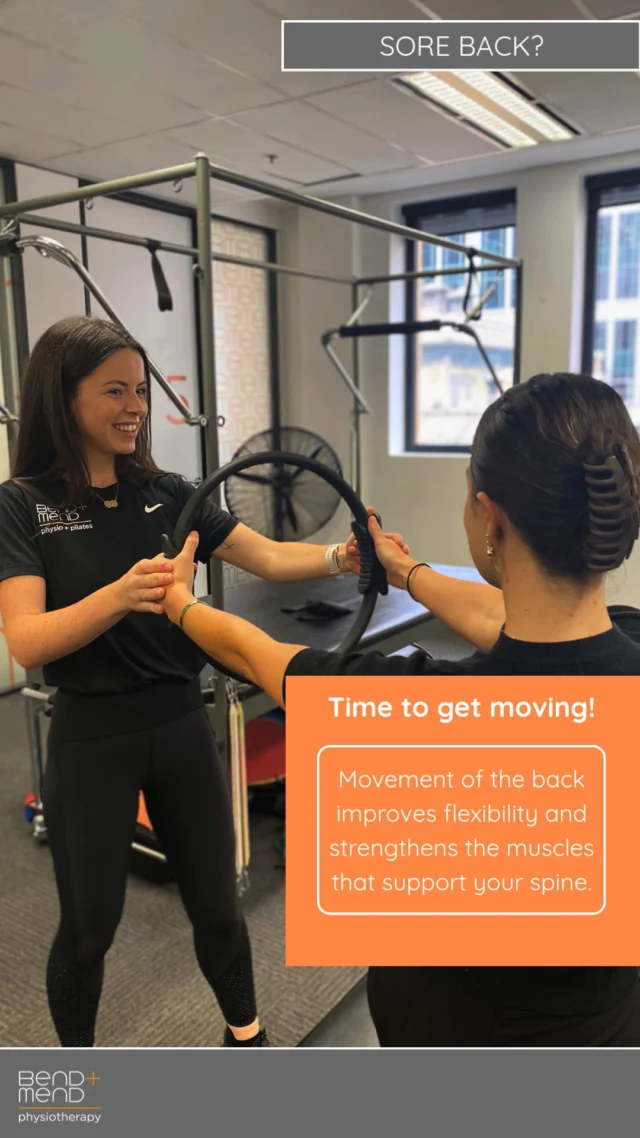The age old saying of ‘lift with your legs not your back’ is ingrained in almost every person from a young age. It indicates to us that our legs should take all the load as we try to protect our back from injury, but is this really the case? Could other factors be the cause of back pain more than the lifting technique? A great research paper released this year analyses this further and looks into those ‘other’ factors. Today i’ll give you a quick overview as well as some tips to help with you lift safely.
What type of lifts did they compare?
The authors of the study compared two different types of lifting:
- Squat lifting: The often-recommended way to lift, with an even about of hip and knee bend whilst maintain a straight spine.
- Stoop lifting: The bend that comes mostly from your hips. Keeping your knees mostly straight and rounding the spine forwards.
What are the key messages they found from the study?
These are some of the main factors that the study found:
- Using greater amounts of low back bending did not increase the risk of low back pain.
- Squat lifting can cause low back pain, even while attempting to keep a straight back.
- Using a stoop lift may have greater muscle usage of the body than squat lifting.
- Rather than the type of lifting, a greater risk factor for low back pain was frequently lifting from the floor (as opposed to from a higher platform).
I found some of these findings really interesting. They certainly challenged some of the well ingrained views that we all hold in relation to lifting and back pain.
What does this mean going forwards?
I think what is important to take from this study is that one lifting technique is not necessarily better or worse than the other. Both of them will have pro’s and con’s and will suit each person differently. It is our job as clinicians is to help analyse your movements and biomechanics and help to facilitate the best movements for you. You may have knee pain that requires a more stooped lifting posture, or you may have a lumbar disc injury to protect with more bent knees required during a lift.
It’s also a great reminder for us that our low back muscles, joints, and ligaments are built to bend, and in most cases it’s healthy and ok to do this with some load. Changing the way you lift in the short term to help manage pain can be really helpful, but I believe its important to have the confidence in the long term to perform both forms of lifting.
If you have any further questions about lifting and what technique might be right for you, please don’t hesitate to contact any of our Physiotherapists here at Bend + Mend in Sydney’s CBD.
Reference:





